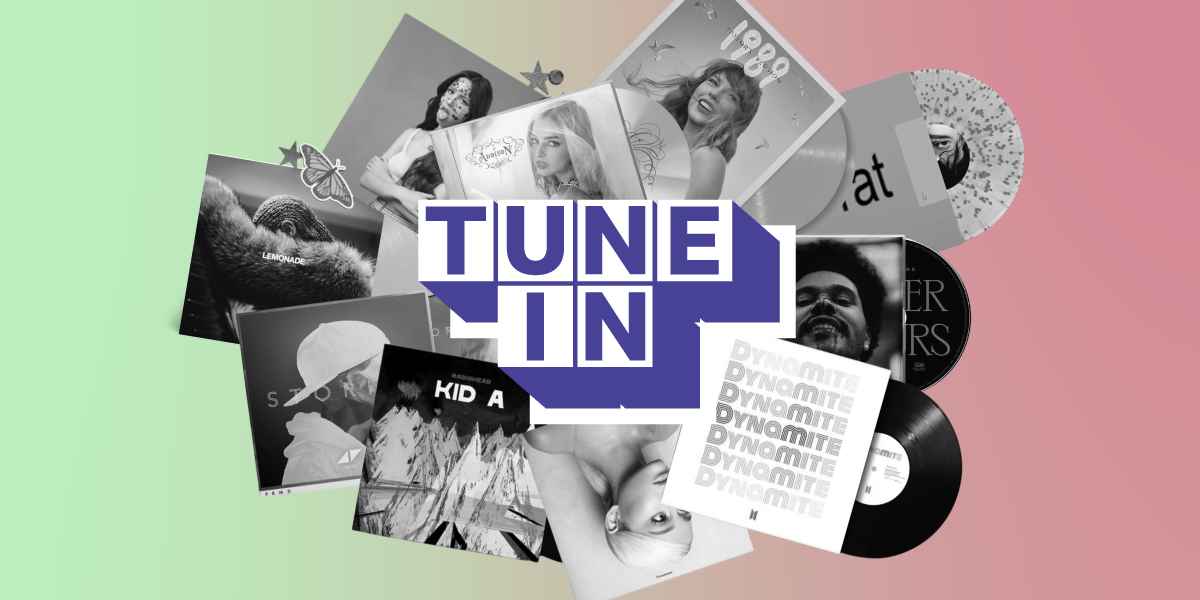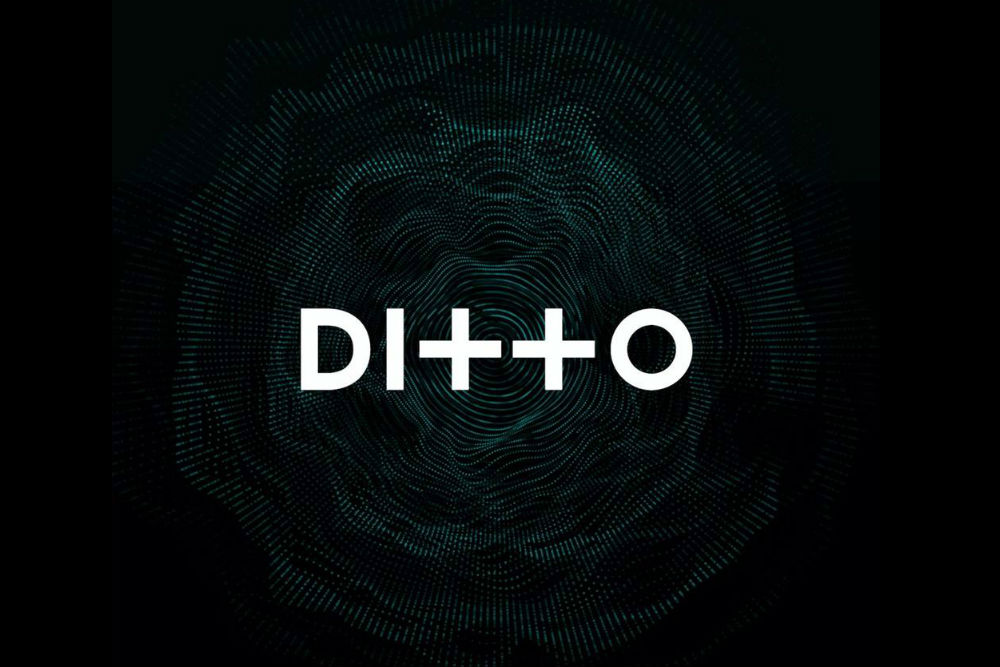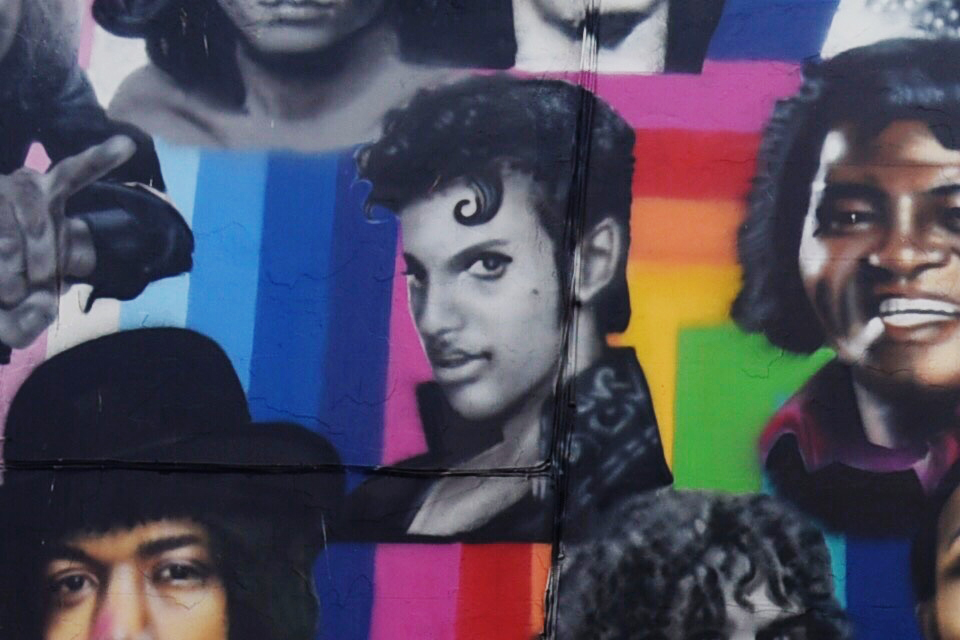In today’s hyper-saturated music world, standing out takes more than talent – it takes bold, innovative marketing. From surprise album drops to immersive fan experiences, these campaigns reshaped how music is shared and consumed. Here are 10 game-changing campaigns that altered the music industry.
1. Beyoncé – Lemonade
Beyoncé flipped the script by dropping Lemonade with zero warning. Timed with her Super Bowl performance and an HBO special, the surprise release cut through the noise and dominated conversation. While few can replicate Beyoncé’s scale, she proved that controlling your narrative is powerful marketing.
2. BTS – Dynamite
BTS turned fan engagement into a marketing machine. Ahead of Dynamite, their label launched a cryptic site with seven countdowns. Each reveal – including pre-orders, teaser videos and schedules – fuelled fan hype. This resulted in over 100 million YouTube views in 24 hours. This proves that when fans feel like part of the story, they become your loudest promoters.
3. The Weeknd – After Hours
The After Hours campaign mixed cinematic aesthetics with futuristic tech. Drawing on films like Joker and Fear and Loathing in Las Vegas, the album had a strong visual identity. But the standout was ‘Alone With Me,’ an AI-powered site where fans chatted with a digital Weeknd, who addressed them by name. It turned streaming into a personalised experience.
4. Charli XCX – Brat
With its now-iconic lime green cover and stark Arial font, the album’s design deliberately rejected pop norms. Charli partnered with NYC studio Special Offer Inc. to craft a look that was ‘offensive, off-trend’ and provocatively simple. Fans could generate their own artwork, and when Kamala Harris’ campaign echoed the design, Charli’s “Kamala IS Brat” tweet went viral. Charli XCX didn’t just release an album – she sparked a movement.
5. Addison Rae – Addison
TikTok star Addison Rae made a splashy pivot to pop with her debut EP. She mixed Y2K nostalgia with Gen Z fluency, working with visual heavyweights like Petra Collins while still leveraging TikTok’s short-form power.
Her VMAs look, a custom Miss Claire Sullivan swan-like outfit, generated nearly $1M in media impact value. Proof that a strong visual identity drives both reach and relevance.
“Rae’s rise to main pop girl is equal parts master class and modern spectacle”, and her debut “proves her to be one of one among pop’s current crew.” – Billboard
6. Taylor Swift – Taylor’s Version
After losing her masters, Taylor re-recorded her early albums as a form of protest and promotion. With clues hidden in lyrics, outfits, and posts, fans turned each release into a decoding event. Combined with her record-breaking Eras Tour which celebrated her having the rights to all of her ‘eras’ (now the highest-grossing tour in history), Swift delivered a masterclass in long-game marketing.
7. Radiohead – Kid A
In 2000, Radiohead asked: What happens when you don’t market an album? With Kid A, the band abandoned singles, videos, and traditional media interviews, instead releasing cryptic ‘blips’ online – abstract animations that replaced music videos.
They refused to do interviews through anything other than email, and refused to perform for press playbacks:
“We sat on cushions in an empty warehouse in Camden listening to it on wireless headphones… people were mouthing, ‘this is bollocks’ – and that may have been as much to do with the event as the record.”
– Mojo writer Jim Irvin on the album’s press playback.
Critics predicted failure, but the mystique worked. Kid A debuted at No. 1 in the UK, proving that mystery can be more compelling than hype.
8. Ariana Grande – Sweetener
Ariana gamified her Sweetener launch by turning it into a real-world treasure hunt. Using VR platform Landmrk, fans searched for hidden ‘sweet spots’ tied to prizes like merch and concert tickets.
Add in Snapchat filters, viral snippets, and a steady drip of online clues, and you’ve got a blueprint for fan-led marketing. It was marketing designed for – and by – the internet.
9. Avicii – Stories
Before Instagram Stories existed, Avicii used the platform to tell one. He launched a ‘choose your own adventure’ game that let fans unlock tracks by making narrative choices.
The campaign racked up over 220,000 likes in days, despite a tiny budget of less than $1000. Inclusion of other artists within the game (such as deadmau5) brought their fanbases to the album too, growing potential audiences before release. By turning fans into players, Avicii created an album experience.
10. Olivia Rodrigo – Sour
After her viral debut with Driver’s License, Olivia’s Sour rollout leaned into a raw, DIY aesthetic. Think bedroom photoshoots, handwritten posters, and Easter eggs hidden in videos. “Gen Z is jaded by advertising and marketing: they’re looking for connection.
There is nothing better as a music fan than feeling like you have a unique connection with your favourite artist.” – Stubbs, IGA’s EVP for Variety Magazine The strategy felt personal, not polished – perfect for Gen Z, who crave connection over perfection. This all culminated in a chart-topping debut and a Glastonbury headline slot at just 22.
Final thoughts
Whether through AI chats, cryptic countdowns, or anti-marketing tactics, each of these campaigns delivered a distinct narrative that fans wanted to be part of. Want to launch unforgettable campaigns like these?
At BIMM, our courses in music business, marketing, and events can help you shape the future of the industry.



